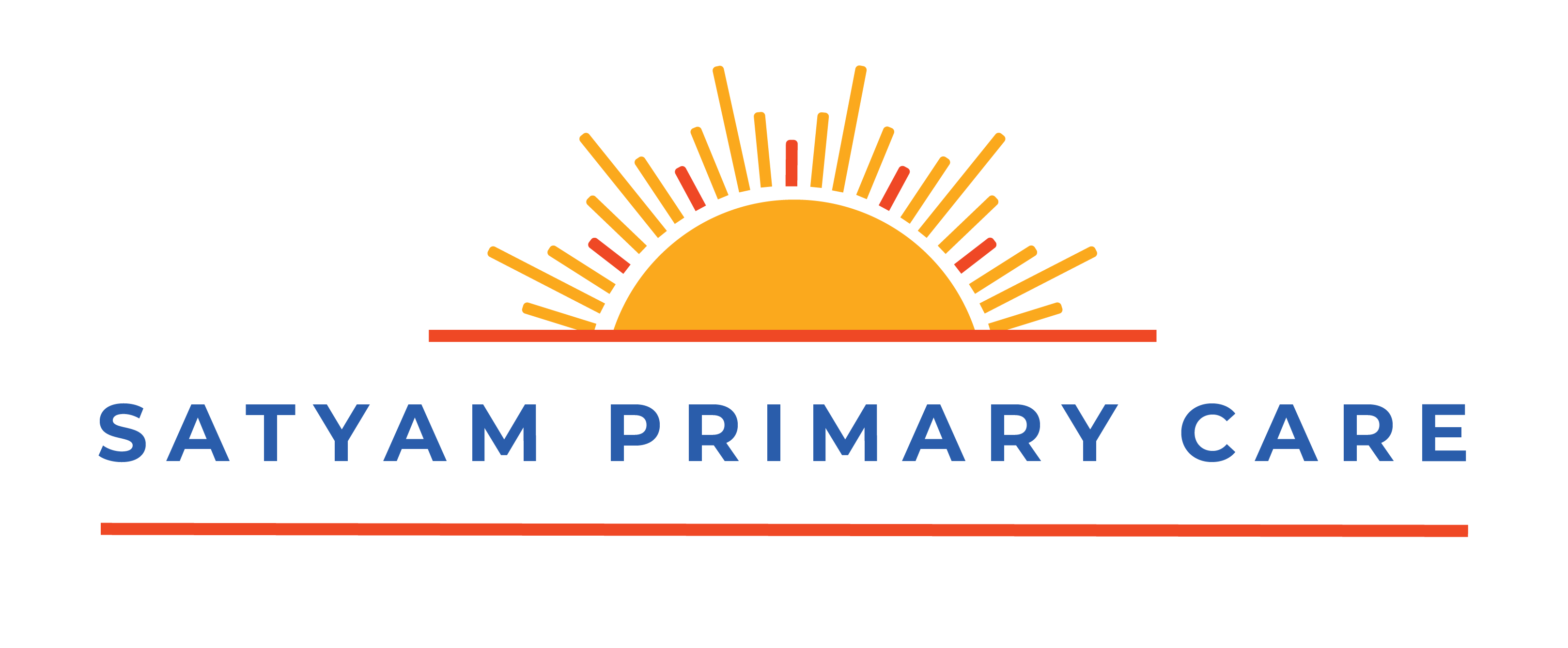Best Diabetes Doctor
Diabetes mellitus is a chronic metabolic disorder characterized by high blood sugar levels over a prolonged period. There are several types of diabetes, with the most common being type 1 and type 2.
- Type 1 diabetes: This type occurs when the immune system attacks and destroys insulin-producing beta cells in the pancreas. Without insulin, cells can’t absorb glucose effectively, leading to high blood sugar levels. Type 1 diabetes is typically diagnosed in children and young adults, and its exact cause is still unknown.
- Type 2 diabetes: This type occurs when the body becomes resistant to insulin or doesn’t produce enough insulin to maintain normal blood sugar levels. It’s often associated with lifestyle factors such as obesity, physical inactivity, and poor diet. Type 2 diabetes is more common in adults but is increasingly being diagnosed in children and adolescents.
Other types of diabetes include gestational diabetes, which occurs during pregnancy, and less common forms such as MODY (Maturity Onset Diabetes of the Young) and LADA (Latent Autoimmune Diabetes in Adults).
Diabetes can lead to various complications if not properly managed, including cardiovascular disease, kidney damage, nerve damage, and eye problems. Treatment typically involves lifestyle changes such as diet and exercise, medication (including insulin injections for type 1 diabetes), and monitoring blood sugar levels regularly.
Several newer diabetes medications have been developed in recent years to improve blood sugar control, reduce side effects, and offer additional benefits. Here are some notable ones:
- SGLT-2 inhibitors (Sodium-Glucose Co-Transporter 2 inhibitors): These medications work by blocking the reabsorption of glucose in the kidneys, leading to increased glucose excretion in the urine. This helps lower blood sugar levels. Additionally, SGLT-2 inhibitors have been shown to reduce the risk of cardiovascular events and kidney disease progression. Examples include empagliflozin, dapagliflozin, and canagliflozin.
- GLP-1 receptor agonists (Glucagon-Like Peptide-1 receptor agonists): GLP-1 receptor agonists mimic the effects of the natural hormone GLP-1, which stimulates insulin secretion, suppresses glucagon secretion (reducing glucose production), slows gastric emptying (reducing postprandial glucose levels), and promotes satiety (reducing appetite). They are available in both injectable and oral forms. Examples include liraglutide, dulaglutide, exenatide, and semaglutide.
- DPP-4 inhibitors (Dipeptidyl Peptidase-4 inhibitors): These medications work by blocking the action of the enzyme DPP-4, which degrades incretin hormones such as GLP-1. By inhibiting DPP-4, these drugs increase the levels of active incretin hormones, which in turn stimulate insulin secretion and inhibit glucagon release, resulting in lower blood sugar levels. Examples include sitagliptin, saxagliptin, and linagliptin.
- Dual SGLT-1 and SGLT-2 inhibitors: These medications inhibit both SGLT-1 and SGLT-2 transporters in the kidneys and intestines, leading to decreased glucose absorption from the gut and increased glucose excretion in the urine. This dual mechanism helps lower blood sugar levels. An example is sotagliflozin.
These newer medications offer additional options for managing diabetes, either as monotherapy or in combination with other drugs, allowing for more personalized treatment approaches tailored to individual needs and preferences.
